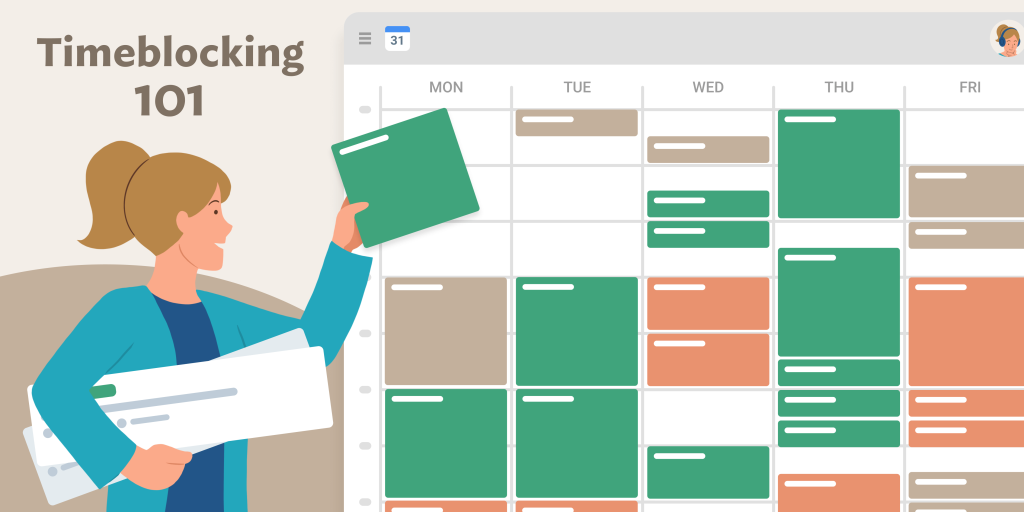
Multitasking reduces productivity by up to 40%, according to Stanford University research. Time blocking – scheduling specific tasks in dedicated time slots – is the antidote. A 2023 study in the Journal of Applied Psychology found that professionals who time-blocked completed 27% more work with 17% less stress than their peers.
The Neuroscience Behind Time Blocking
Why it works so effectively:
- Reduces cognitive load by eliminating constant task-switching
- Creates psychological commitment to specific work
- Leverages the brain’s natural rhythm of focus (ultradian cycles)
- Provides clear stopping points to prevent burnout
Implementing Time Blocking
Step-by-step approach:
- Audit your time: Track current activities for 3 days
- Categorize tasks: Group similar work together
- Assign time estimates: Be realistic about durations
- Schedule blocks: Assign tasks to specific times
- Include buffers: Allow transition time between blocks
Advanced Time Blocking Strategies
For maximum effectiveness:
- Themed days: Dedicate entire days to specific work types
- Energy matching: Schedule demanding tasks during peak energy times
- Task batching: Group similar small tasks together
- Flex blocks: Reserve time for unexpected demands
Common Time Blocking Mistakes
Pitfalls to avoid:
- Overpacking your schedule (leave 25% free)
- Underestimating task duration (add 20% buffer)
- Neglecting breaks (schedule 5-10 minutes hourly)
- Being too rigid (allow some flexibility)
A University of London study found that after 6 weeks of time blocking, participants worked an average of 4.6 fewer hours weekly while accomplishing more. The key is consistency – it takes about 21 days for this method to become an automatic habit that transforms how you work.



